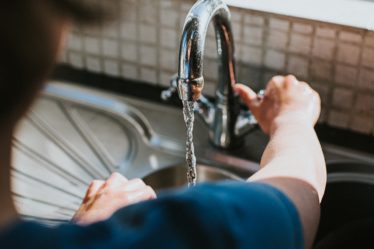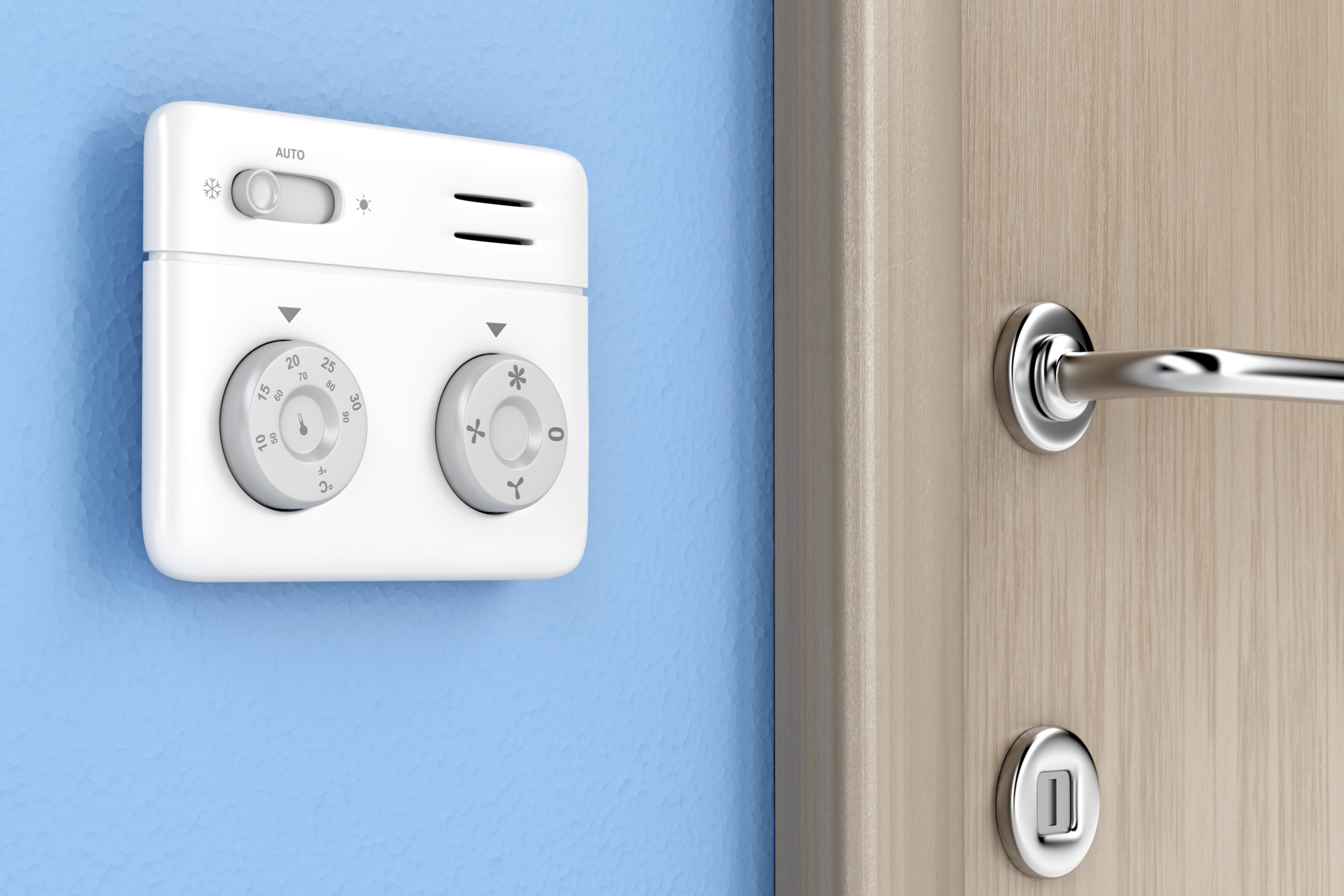
HVAC systems make up the overwhelming majority of heating and cooling solutions in most U.S. homes. HVAC equipment delivers central air throughout the home to provide comfortable temperatures year-round. As the workhorse of your home, an efficient HVAC system keeps up with the demands of changing seasons and major temperature swings. In order to provide reliable service throughout the heating and cooling seasons, all of the components of your system must be in good working order. From your ductwork and air handler to your thermostat, it’s important that all parts of your system work in harmony with each other to deliver comfortable air.
When an issue with your HVAC system arises, it is usually due to a component failure. If a problem occurs, homeowners usually try and troubleshoot the air conditioner, furnace, or heat pump as the culprit. In some situations, however, the thermostat can be the issue causing system failure. Your thermostat can create a host of issues that can lead to uncomfortable indoor temperatures. However, if you are like most homeowners, you won’t consider upgrading your thermostat until there is a major issue. Fortunately, there are a few signs that could mean trouble is brewing. Let’s take a look at some issues that could signal the need for a new thermostat.
Erratic System Operation
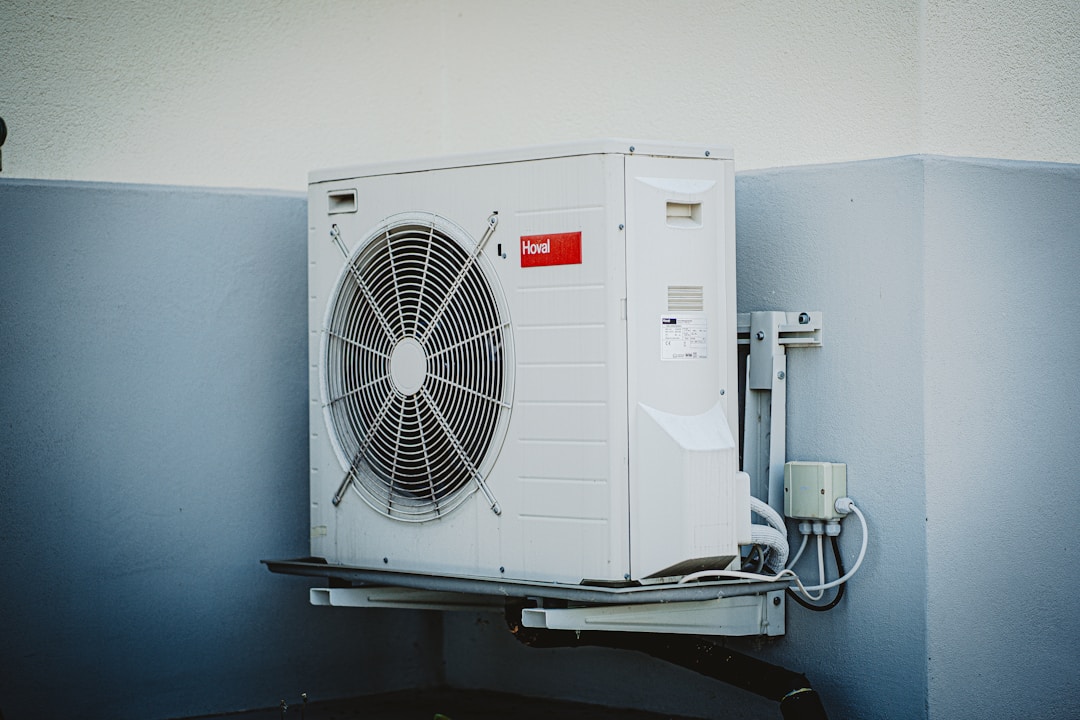
The job of your thermostat is to communicate with the HVAC equipment. Based on the indoor temperature, your thermostat calls for heating or air conditioning to maintain the desired setting in your home. If your HVAC system has stopped receiving prompts to supply warm or cool air, there is probably an issue with your thermostat. Frayed or damaged thermostat wiring can compromise the connection with the HVAC unit and cause the system to turn off or on sporadically. If you notice erratic behavior with system operation, it could mean that your older thermostat is having trouble talking to your HVAC equipment. A professional HVAC technician can check the wiring in your thermostat and determine if it is time for an upgrade.
Inaccurate Temperature Readings
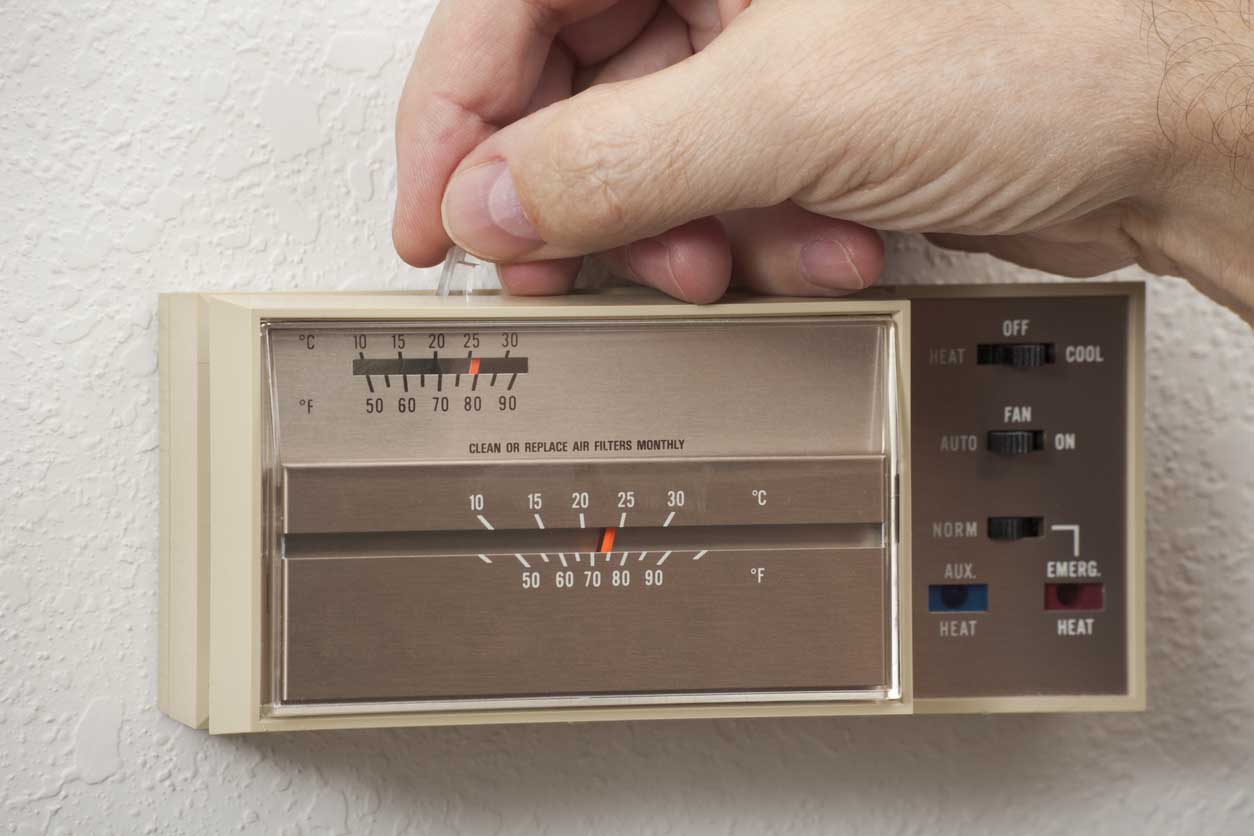
Correct thermostat readings influence the overall comfort in your home. A thermostat that is working correctly will intervene when your home gets too hot or cold to activate the HVAC system. If your thermostat reads inaccurate temperatures, your HVAC equipment cannot properly heat or cool your home to your desired comfort level. If there is an issue with the internal thermometer in your thermostat, it cannot accurately judge the temperatures in your home. You can verify the temperatures in your house with an auxiliary thermometer and compare your readings to the display on your thermostat. If you notice consistent differences, it might be time to consider upgrading your equipment.
Increased Energy Bills
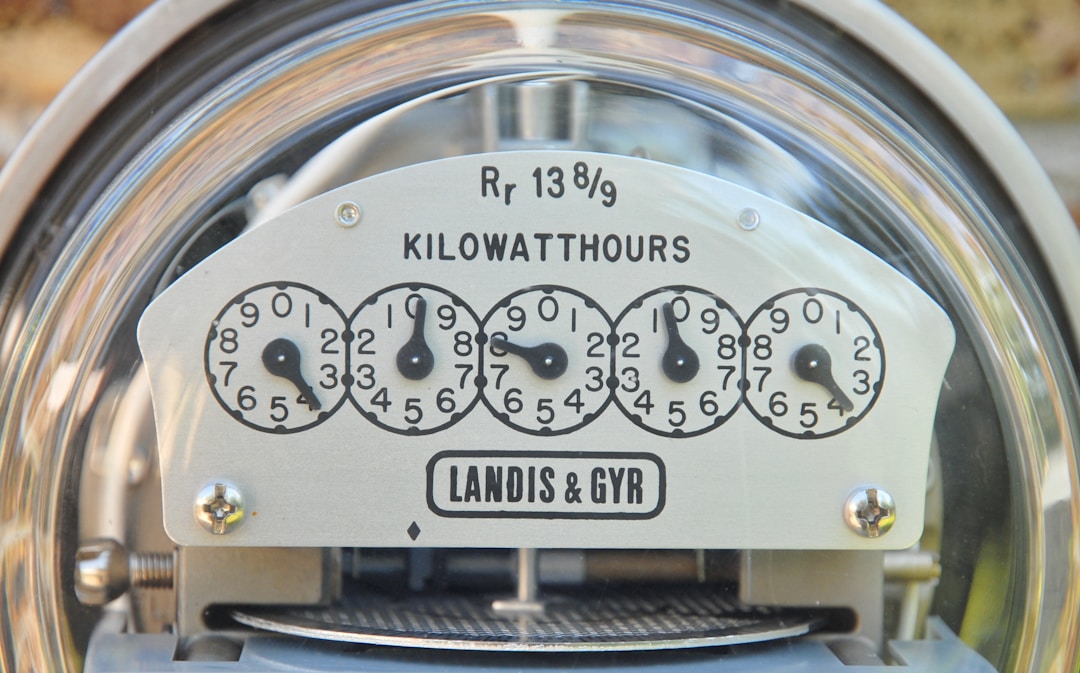
Your heating and cooling equipment can account for around half of your monthly energy bills. The average utility bill in the U.S. is around $115 per month. However, inefficient equipment can contribute to significantly higher energy costs. If you notice that your energy bills seem to be higher than normal, there could be a problem with your thermostat. Faulty wiring, incorrect temperature readings, and older thermostat components could cause your system to cycle more frequently and consume more energy. If you suspect that this is your issue, you should consider having a technician look at your thermostat.
As with most things, age can take a toll on your thermostat. On average, your HVAC system should last around 20 years. However, your thermostat is only guaranteed to last about 10 years. As your thermostat ages, the settings, controls, wiring, and components can wear out. Eventually, this will lead to problems with your heating and cooling systems. Upgrading to a new smart thermostat could lower your energy bills, improve system performance, and create more consistent indoor temperatures.


